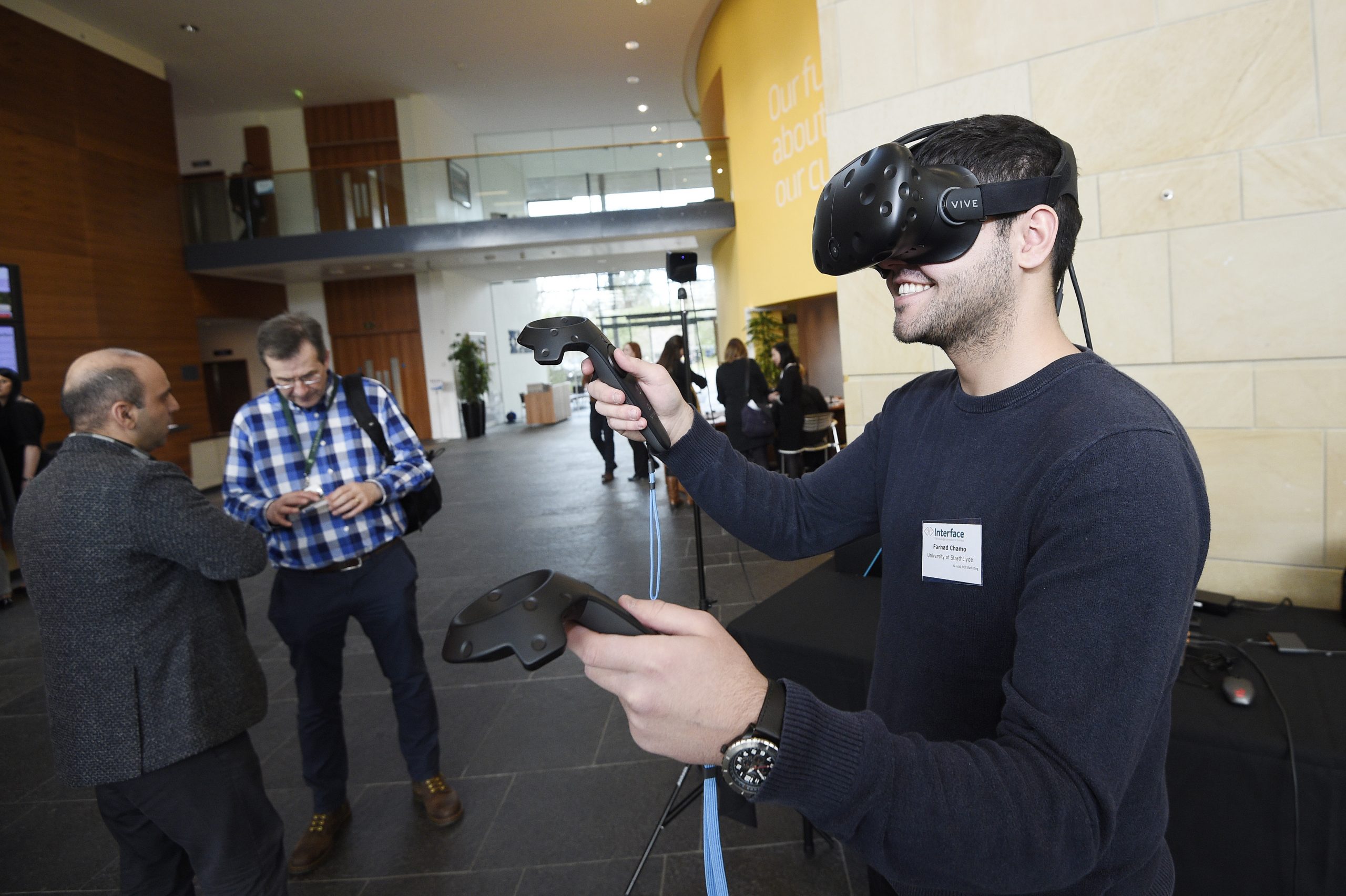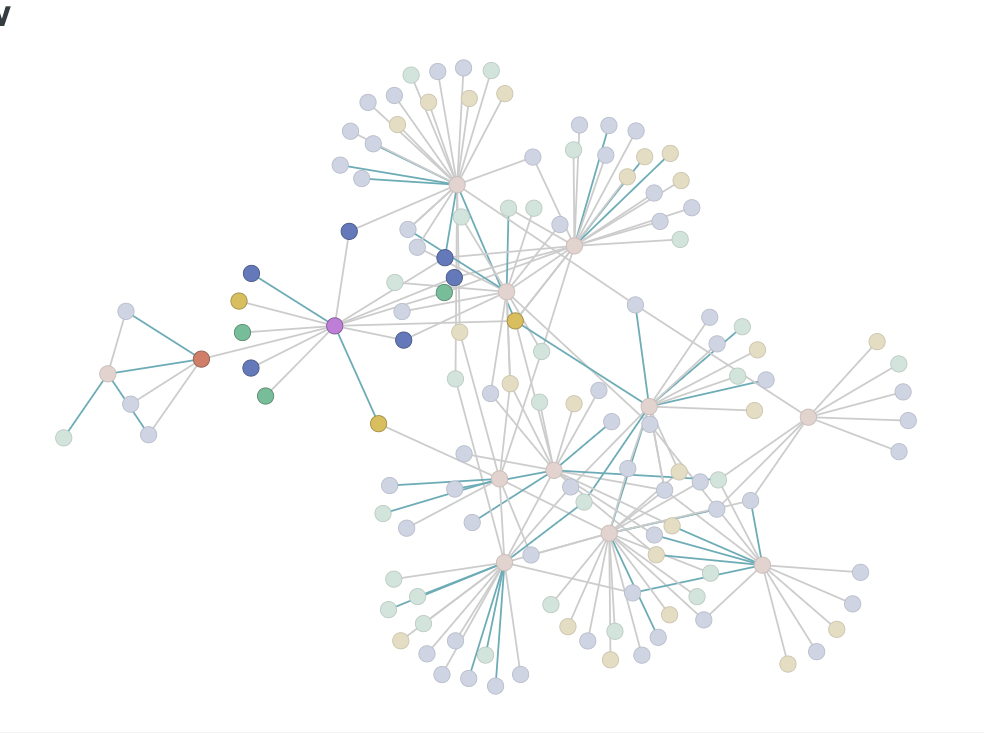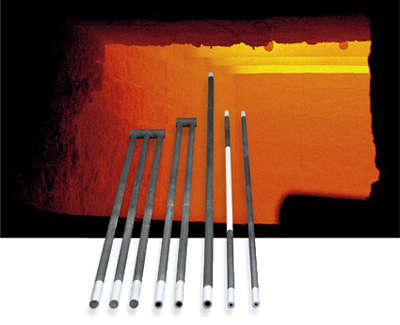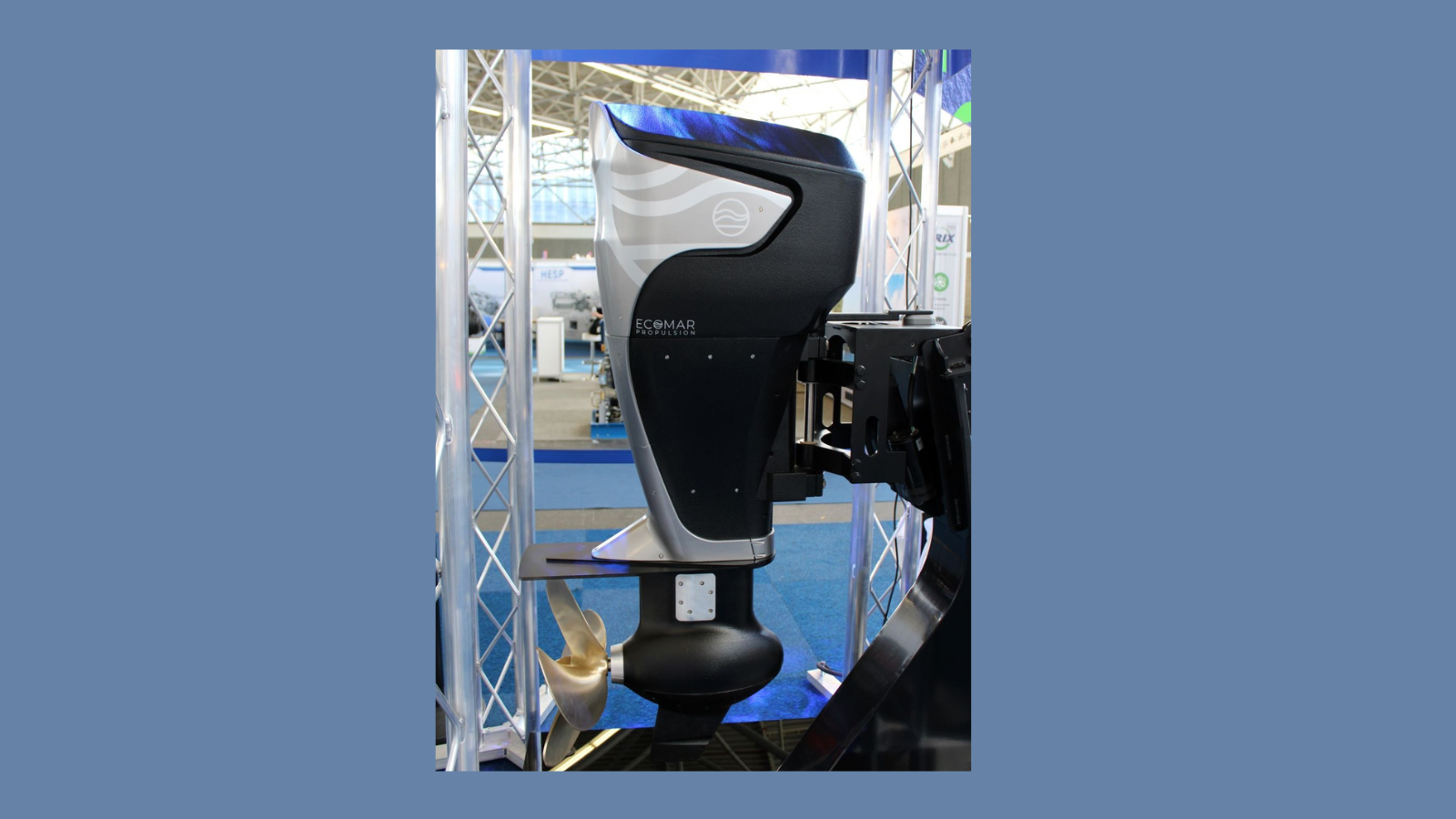Case Study
Norscot Joinery Ltd

Partners
Construction Scotland Innovation Centre (CISC)
University of Strathclyde
Sectors
Construction Support
Engineering and Technology
Regions
Highlands & Islands
Background
Norscot is a family owned business which was established in 1984 by chartered surveyor Peter Body and his wife Teda.
The company is headquartered in Bower, Caithness where its factory is equipped with sophisticated computer-controlled machinery which, together with the skilled workforce, produces the widest range of building components and related products available from a single source anywhere in Scotland.
Norscot’s product portfolio includes standard and bespoke timber frame kit homes in a variety of styles and made-to-measure windows, doors, patio doors and conservatories in uPVC, timber, and aluminium clad timber.
Challenge
In the self-build market, clients expect the best service and want to know every detail of their project prior to construction. Traditional paper plans and current 3D CAD (computer-aided design) models are difficult for most people to visualise as finished homes, and do not offer the client the opportunity to walk through the home to ensure it meets their needs.
Due to these visualisation issues, Norscot are often asked if they have a show house. This, however, would clearly be impractical, and of little real value, as the company offers a bespoke design service. At the same time, the existing Virtual Reality based solutions in the market are either not fully integrated with major Building Information Modelling (BIM) design packages or need very sophisticated interfaces from the end users. This makes it impractical for mainstream clients, especially those in remote locations, to fully utilise and appreciate the models generated by these packages, without having specific expertise and hardware.
Solution
Interface was able to introduce the company to the University of Strathclyde, who has a unique track-record of expertise and knowledge of the integration of BIM and gaming software, to create a specialised user experience that would incorporate the needs of BIM, the end user, and the company.
Building design decisions typically involve several conflicting criteria in terms of decision making that need to be considered. The new product to be developed as a result of this collaboration was software which would bridge between existing BIM software and a newly created phone app into which the house design could be input to create a Virtual Reality/Augmented Reality (VR/AR) rendition of the finished home. The potential of such interfaces is highlighted when communication is needed between an occupationally trained expert (e.g. an architect) who uses a very complicated means of communication (such as conventional drawings) and a client who has no knowledge about their conventions.
A house rendition, once uploaded to the phone app, would then enable clients to ‘virtually experience’ their new home and also provide input/feedback at the design stage rather than down the line when it is more time consuming and costly to make changes.
The University’s role was paramount to this project in providing unbiased advice, helping the company identify particular needs and develop their strategic plan in relation to development of the final product.
This project was funded by a Scottish Funding Council Innovation Voucher.
Benefits
The idea of having a VR game-like fully customisable showroom which is integrated with BIM, and is available through an affordable smartphone, is something unique and makes it distinctive from any commercial product currently available in the market.
It is anticipated the project will ultimately result in a product/service which will assist the company to expand its market throughout the UK, resulting in increased sales and employment. This effect will be magnified through commercialisation of the product/service to other house builders, architects and so on.
Follow-On Activity
Norscot obtained funding from CSIC (Construction Scotland Innovation Centre) to enable them to continue with the development of the software to proof of concept stage.
A KTP from Innovate UK has been approved for Norscot to implement the software development. This will be a three-year project that imbeds the technology into the company and ensures it is market ready. The KTP will also help to strengthen the relationship between Norscot and the University of Strathclyde.
“We were very satisfied with the way this project was managed and its outcome. Having never worked with academia before, we weren’t sure what to expect. There was a clear synergy between our objectives and the University’s capabilities and this project has given us the confidence to move forward with the development of the product / service under consideration. As a consequence of this project there is a clear focus and ambition on behalf of both the academic partner and ourselves to create something which we see as having significant value to the self-build housing market.” Peter Body, Chairman, Norscot Joinery Ltd
“This project provided a great opportunity for the Architecture Department to work with this company, and acknowledge the support of the Scottish Funding Council in making this possible. The company’s vision and insight was incredible and we had a great collaboration in formulating their needs based on our prior knowledge and the further research that we conducted. This project opened new avenues for us to collaborate on further projects, and applications for a CSIC-funded nine-month project and a KTP application have already been approved to further develop the collaboration.” Dr Farzad Pour Rahimian Leilabadi, University of Strathclyde
Please note that Interface administers the Innovation Voucher Scheme on behalf of the Scottish Funding Council. All funding applications are reviewed on a case-by-case basis by the Scottish Funding Council. Guidelines can be found here.


